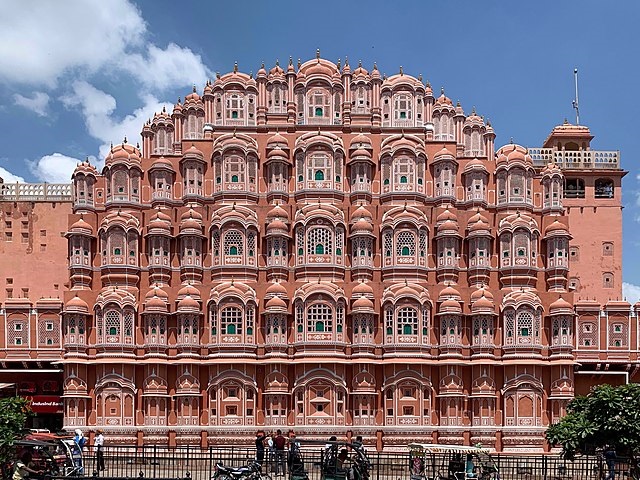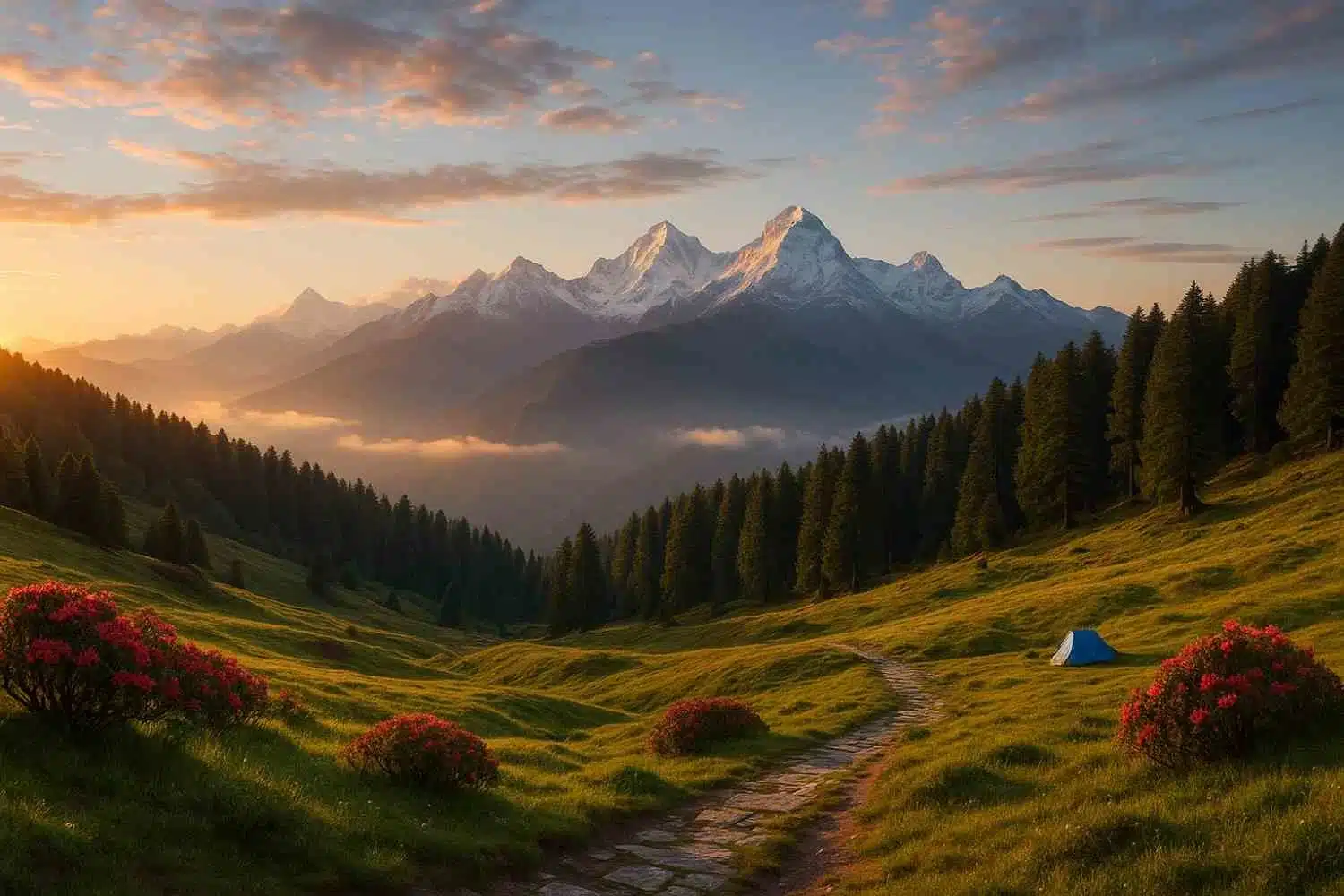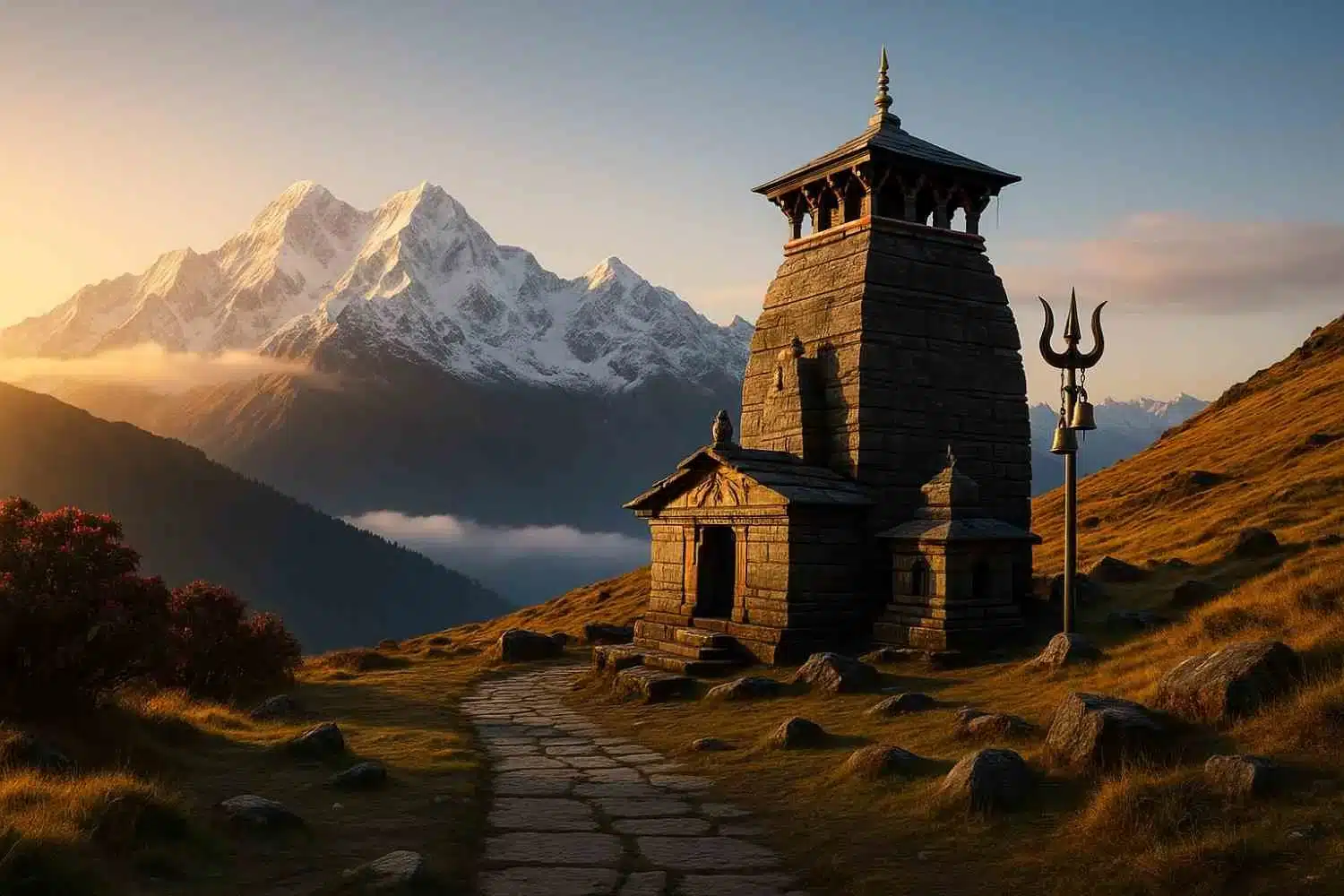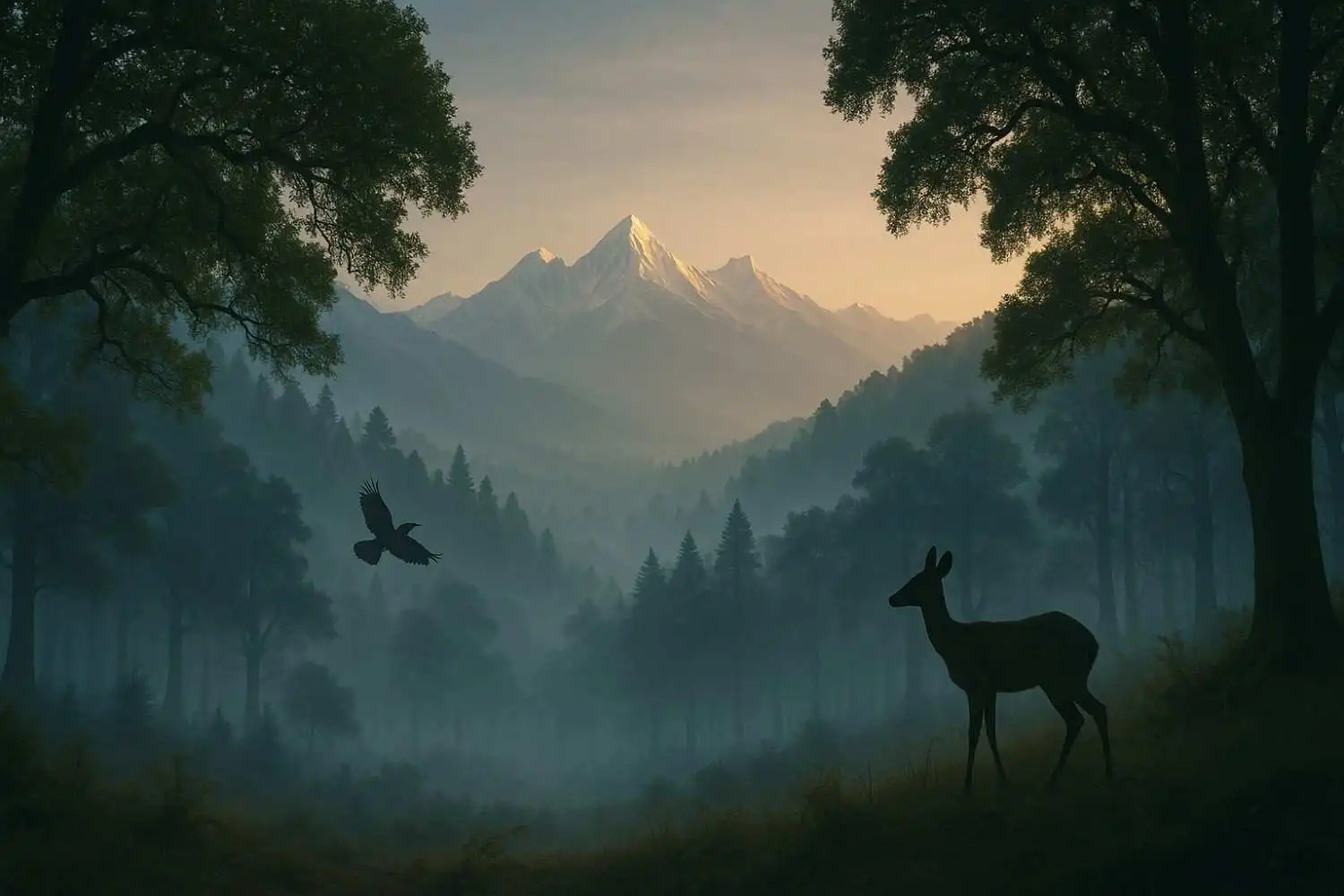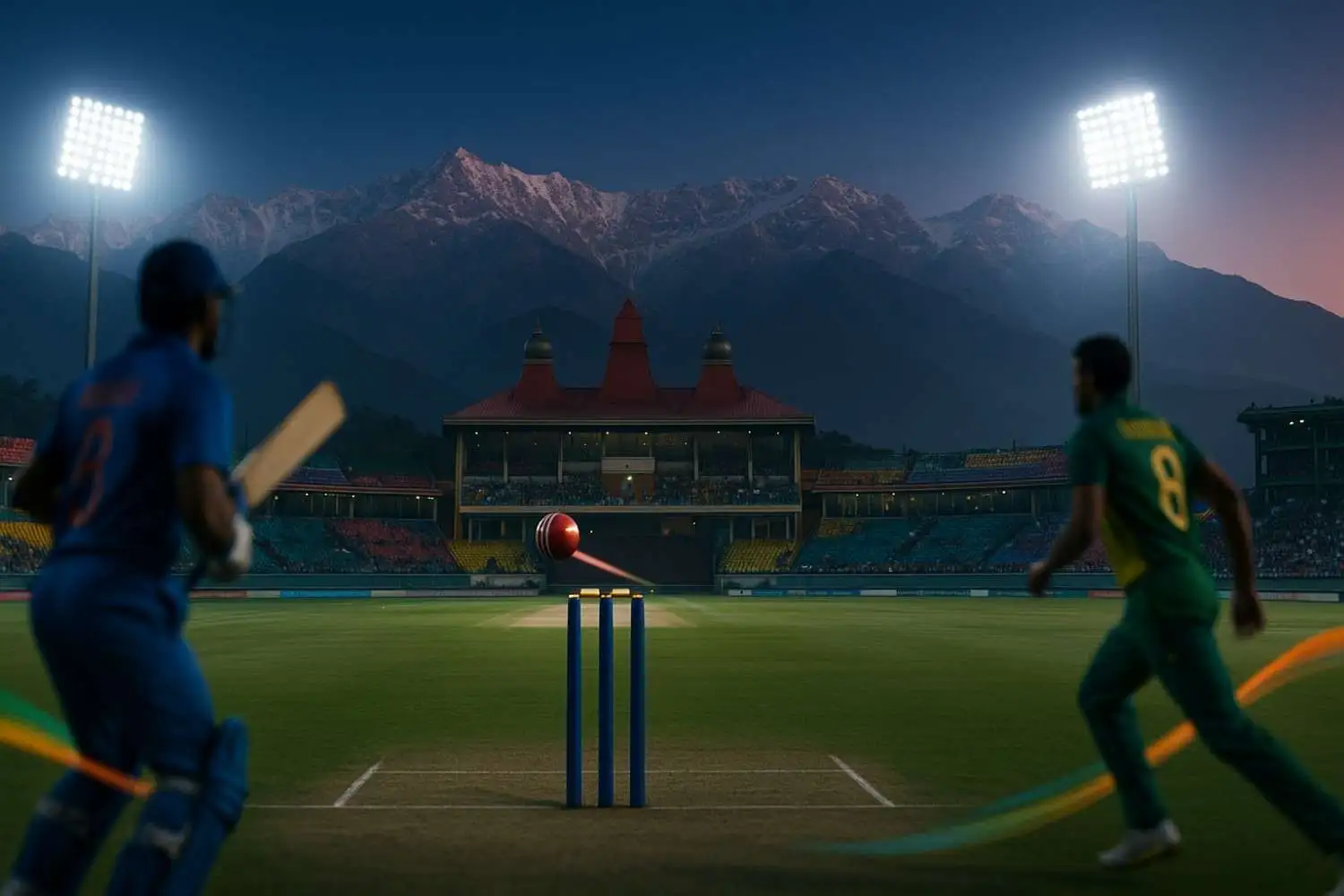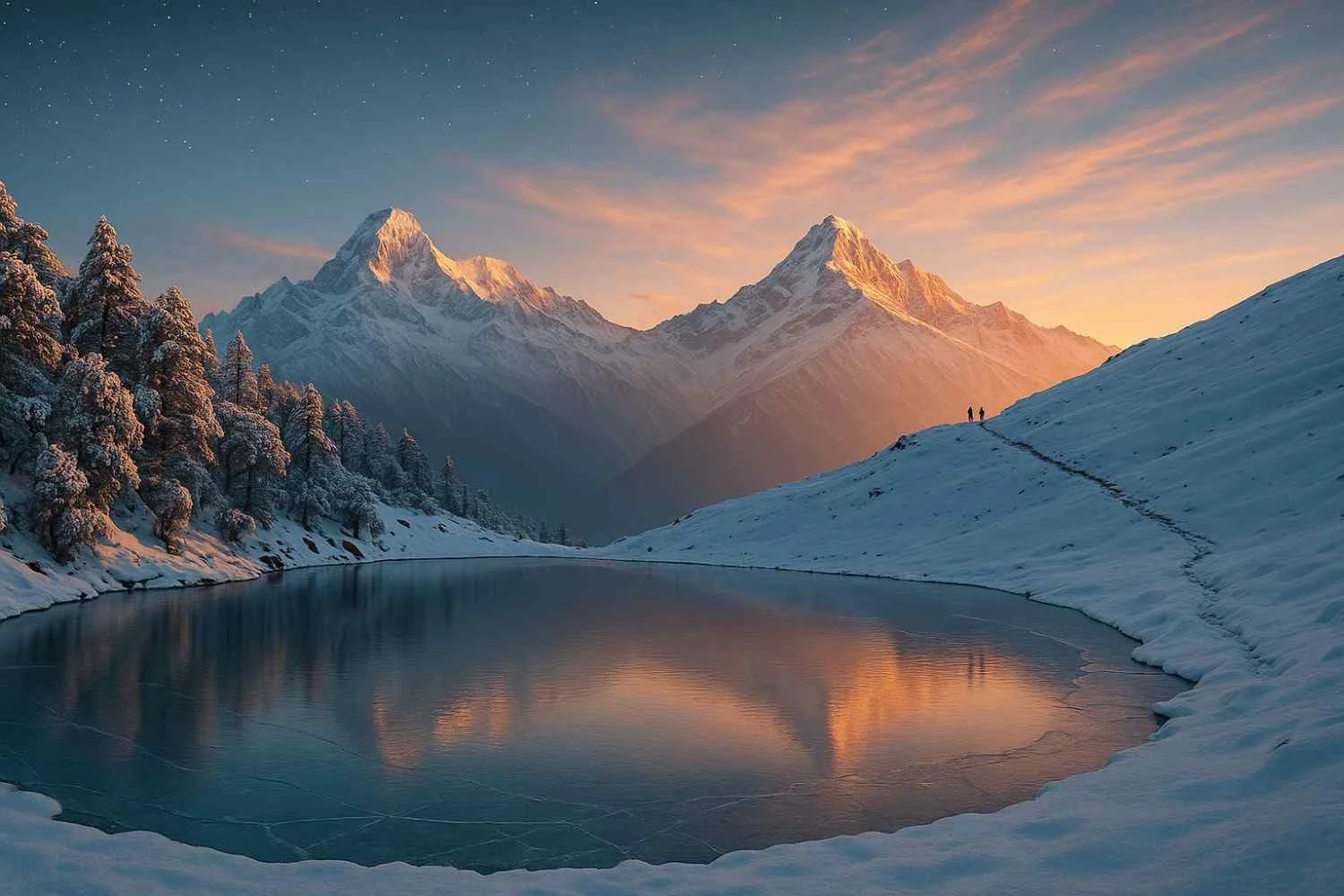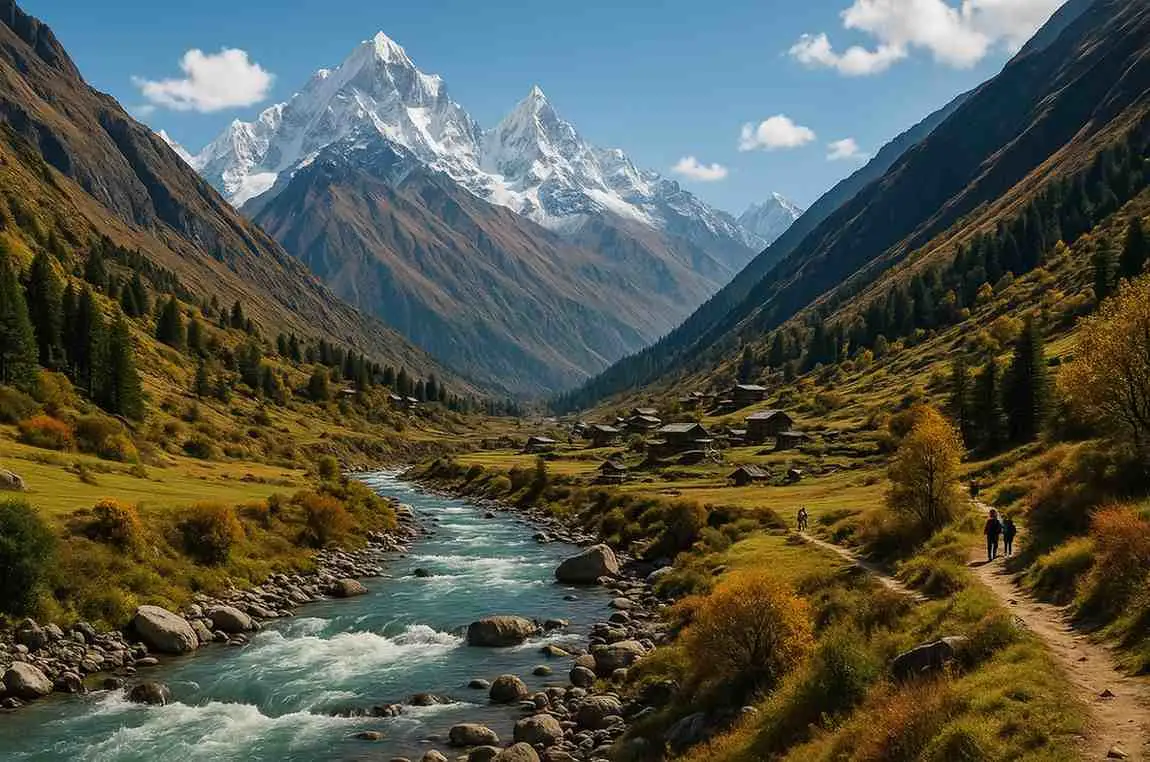Jaipur’s “Palace of Winds,” the Hawa Mahal, is famous for its elaborate latticework and elegant exterior and this building transports visitors to the Rajput era. Hawa Mahal, an architectural masterpiece that resembles Krishna’s crown, represents Jaipur’s rich history and culture.
History of Hawa Mahal Jaipur
The glorious aspect of Lord Krishna inspired Maharaja Sawai Pratap Singh to build Hawa Mahal in 1799. It was designed by the famous architect Lal Chand Ustad to extend the City Palace and allow royal women to see the lively streets below without being seen. The palace was designed to follow the purdah regime, which valued women’s privacy.
Typical of Jaipur’s design, the five-story structure features red and pink sandstone. The honeycomb-shaped façade includes 953 latticed ‘jharokhas’ windows. From the moniker “Palace of Winds.” to its seclusion and cool air flow, this design made the palace comfortable even in heat.
Interesting Facts About Hawa Mahal.
1. Architectural Wonder: Despite its towering presence Hawa Mahal is less than 15 feet thick. The structure is supported by a series of buttresses that enhance its stability.
2. Symbolic Design: As a symbol of Maharaja Sawai Pratap Singh’s devotion to Lord Krishna, the palace’s exterior resembles his crown.
3. Cooling Effect: The latticework offered seclusion and cooled naturally. Cool air from modest windows kept the interiors cool.
4. No Stairs: The palace lacks stairs. Instead, ramps link the tiers, making it simpler for royal women to move about in such heavy clothing.
5. Cultural Centre: The City Palace complex contains a museum with Rajasthani royal artefacts and Hawa Mahal.
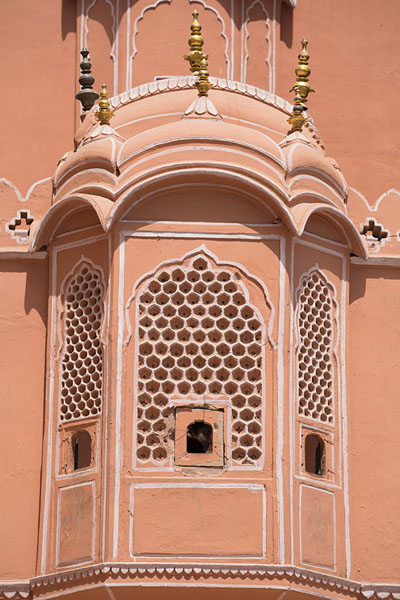
Best Season to visit Hawa Mahal Jaipur
You should visit Hawa Mahal in winter, from October to March. In this season, Jaipur’s weather is ideal for sightseeing. The city and its architectural marvels are comfortable to tour at 8°C to 25°C. If you want to avoid the midday heat and see the palace’s front in light and shadow, visit early or late.
Also Read: 60 Best Tourist Places To Visit In Goa 2024
How to reach Hawa Mahal In Jaipur
Transportation is easy to reach Hawa Mahal in Jaipur’s ancient city.
By Air:
Jaipur International Airport is 12 km distant. To get to Hawa Mahal from the airport, use a taxi or utilise an app.
By Railway:
Jaipur Junction, 5 km from Hawa Mahal, is the nearest railway station. From the station to the palace, take a rickshaw, cab, or bus.
By Road:
Roads link Jaipur to significant Rajasthani and neighbouring cities. A Rajasthan State Road Transport Corporation bus or a drive to Jaipur are options.
You may get about Jaipur via auto-rickshaw, cycle-rickshaw, or app-based taxi. Some public buses pass Hawa Mahal.
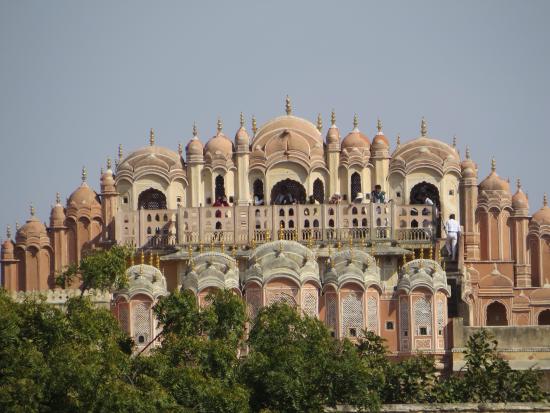
1. Timing: Hawa Mahal is open 9-5. Visit early to avoid crowds and obtain the finest photos.
2. Footwear: Since you’ll be walking and standing, wear comfy shoes.
3. Hydration: Come prepared with water, especially in summer. Hydration is the key to enjoy your visit.
4. Guides: For historical stories and insights, hire a local guide.
5. Photography: Soft dawn light highlights the palace’s facade.
6. Respect the place: Avoid trash at this historical monument.
Things to do in Jaipur Hawa Mahal
1. Architectural Exploration Note the intricate latticework, tiny windows, and palace architecture. Unique views of the busy streets below from each jharokha.
2. Museum Visit: Visit Hawa Mahal’s modest museum for Rajput-era artefacts, antiques, and miniature paintings. This shows Rajasthan’s rich culture.
3. City views: Hawa Mahal’s upper stories overlook the City Palace, Jantar Mantar, and Jaipur’s bustling streets. Photography buffs will love it.
4. Shopping: Outside Hawa Mahal, Johari and Bapu Bazaars provide excellent shopping. Rajasthani crafts include jewellery and textiles.
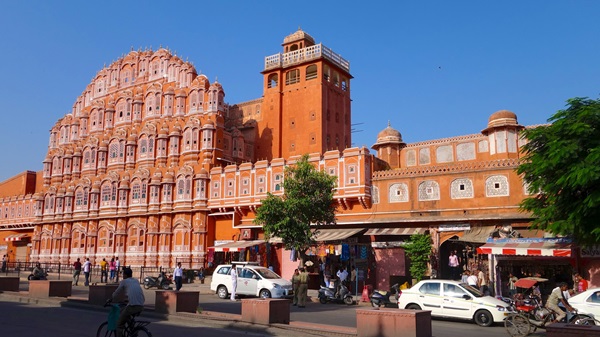
Popular places to visit around the Hawa Mahal Jaipur
1. City Palace: A short walk from Hawa Mahal, the City Palace is a splendid blend of Mughal and Rajput architecture. It houses museums, courtyards, and gardens, offering a rich historical experience.
2. Jantar Mantar: Maharaja Sawai Jai Singh II erected Jantar Mantar, an observatory nearby. This UNESCO World Heritage Site has the world’s biggest stone sundial.
3. Amber Fort: A beautiful Hindu-Mughal fort-palace 11 km from Hawa Mahal. Mirrored halls and intricate sculptures allure.
4. Jal Mahal: On Man Sagar Lake, Jal Mahal is a beautiful water castle. Though closed to the public, the lake’s shoreline is stunning at sunset.
5. Albert Hall Museum: An Indo-Saracenic masterpiece, the Albert Hall Museum displays a large collection of paintings, jewellery, and sculptures.
Conclusion
The architectural genius and cultural richness of Jaipur is shown in Hawa Mahal. The “Palace of Winds” captures Rajasthan’s regal heritage and offers a peaceful respite from city life. No matter your interests—history, architecture, or travel—Hawa Mahal will captivate and inspire you.
FAQ:
Q. What is the Hawa Mahal admission fee?
A. Admission fees is about INR 50 for Indians and INR 200 for foreigners. Camera and guided tour fees may apply.
Q. How long it takes to explore Hawa Mahal?
A. You may spend 1–2 hours in Hawa Mahal, depending on your interest in the museum and details.
Q. Can I photograph Hawa Mahal?
A. Inside Hawa Mahal, photography is allowed. Check for flash photography or professional equipment limits.
Q. Anything near Hawa Mahal to eat?
A. Rajasthani and Indian eateries and street food booths located near Hawa Mahal. Rawat Misthan Bhandar and LMB are popular.
Q. Can disabled people visit Hawa Mahal?
A. The tiny hallways and staircases of Hawa Mahal may challenge disabled tourists, despite ramps linking levels. Visitors should check accessibility before coming.
Q. Is Hawa Mahal nighttime accessible?
A. Hawa Mahal is not open to the public at night. However, its facade is beautifully lit up in the evening, offering a spectacular view from the outside.
